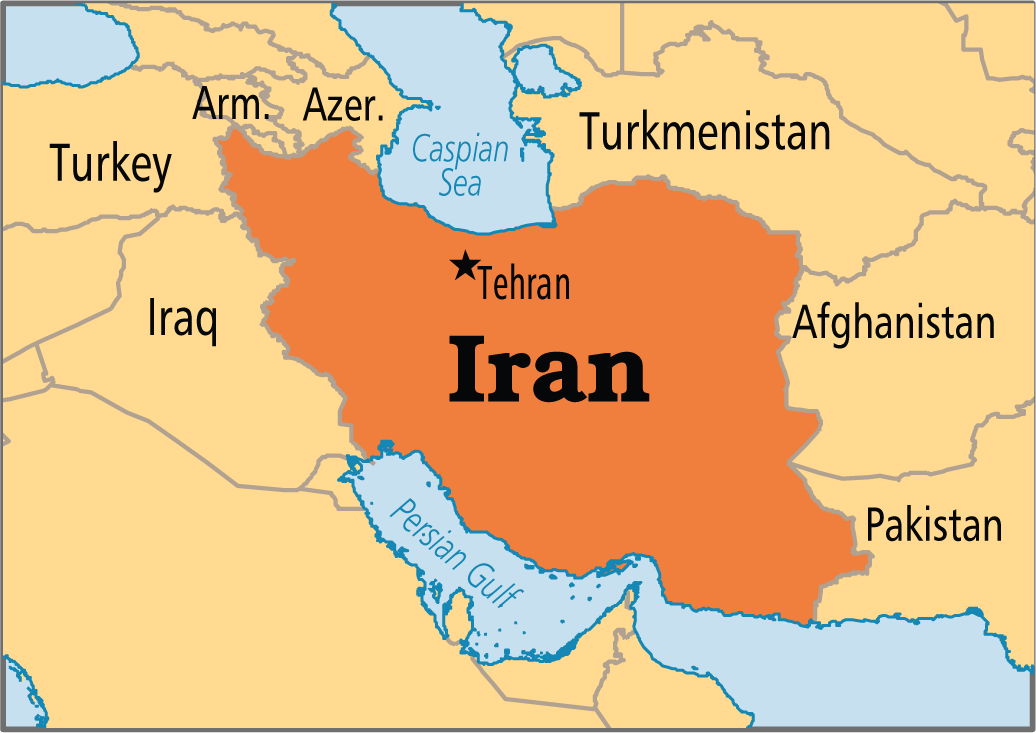World History
40 Years of Islamic Revolution: Iran
- 12 Feb 2019
- 6 min read
40 years have been completed of the Iranian revolution which took place in February of 1979.
- Iran's revolution began with a popular democracy movement and ended with the establishment of the world's first Islamic state.
Background
- By the end of the second world war, the United States, provided Iran with economic and political support in return for their membership in the democratic Western block.
- As a result Mohammad Mosaddeq’s National Front became the first democratically-elected Iranian government in 1951.
- Mosaddeq was a modern, secular leaning, progressive leader who was able to gain the broad support of both the secular elite and the Iranian ulama (religious scholar).
- After coming to power Mosaddeq made a bold move to address the issue of exploitation of Persian oil by Western powers through nationalising the previously British-owned Anglo-Iranian Oil Company (AIOC).
- This did not work out in his favour, as it attracted British and US economic sanctions. This in turn crippled the Iranian economy.
- In 1953, Mosaddeq was replaced in a military coup organised by the Central Intelligence Agency(CIA) and British Intelligence. As a result Shah (king) Reza Pahlavi (reigning monarch of Iran) was returned to power and the Anglo-Iranian Oil Company became BP, British Petroleum, with a 50-50 divide of profits.
- Not only did this intervention leave Iranians with a sense of bitter humiliation and betrayal, its impact also reverberated within the wider Muslim world.
- It sent the message that a democratically-elected government would be toppled if it did not fit with Western interests. This narrative continues to be the dominant discourse of Islamist activists to this day, used in explaining world events that affect the Muslim masses.
- Between 1953 and 1977, the Shah relied heavily on the US in his efforts to modernise the army, Iranian society and build the economy.
- Though his economic program brought prosperity and industrialisation to Iran and educational initiatives increased literacy levels, this all came at a hefty cost.
- Wealth was unequally distributed, there was a development of an underclass of peasants migrating to urban centres and large scale political suppression of dissent.
- Disillusioned religious scholars were alarmed at the top-down imposition of a Western lifestyle, believing Islam was being completely removed from society.
Revolution
- Distrust of the Shah's economic policy and resentment of his autocratic style fuelled dissent against his regime.
- Under these circumstances among many protests, sustained and indirect opposition came from the religious circles led by Ayatollah Khomeini, a shia cleric living in exile in Paris.
- The persistent protests instigated by Khomeini’s followers swelled to include all major cities which culminated in the revolution on February 1, 1979, when Khomeini triumphantly returned to Iran.
The Impact of the Revolution
- The Iranian revolution was a watershed event that not only transformed Iran completely, but also had far-reaching consequences for the world.
- It caused a deep shift in Cold War and global geopolitics as US not only lost a key strategic ally against the communist threat, but it also gained a new enemy.
- The Iranian revolution dramatically altered Middle Eastern politics. It flamed a regional sectarian cold war between Iran and Saudi Arabia. The revolution challenged Saudi Arabia’s monarchy and its claim for leadership of the Muslim world.
Was the Revolution a Success?
- From the perspective of longevity, the revolution still stands. It has managed to survive four decades, including the eight-year Iran-Iraq war as well as decades of economic sanctions. Comparatively, the Taliban’s attempt at establishing an Islamic state only lasted five years.
- Khomeini and his supporters had promised to end the gap between the rich and the poor, and deliver economic and social progress.
- However, the Iranian economy is in poor shape, despite the oil revenues that holds back the economy from the brink of collapse.
- People are dissatisfied with high unemployment rates and hyper-inflation. They have little hope for the economic fortunes to turn.
- The most important premise of Islamism of making society more religious through political power has also failed to produce the desired results. Even though 63% of Iranians were born after the revolution, they are no more religious than before the revolution.
- Although there is still significant support for the current regime, a significant proportion of Iranians want more freedoms, and disregard religion being forced from above. There are growing protests demanding economic, social and political reforms as well as an end to the Islamic republic.
- Most Iranians blame the failures of the revolution on the never-ending US sanctions. Even though Iran trades with European powers, China, Russia and India, they believe the West does not want Iran to succeed at all costs.






